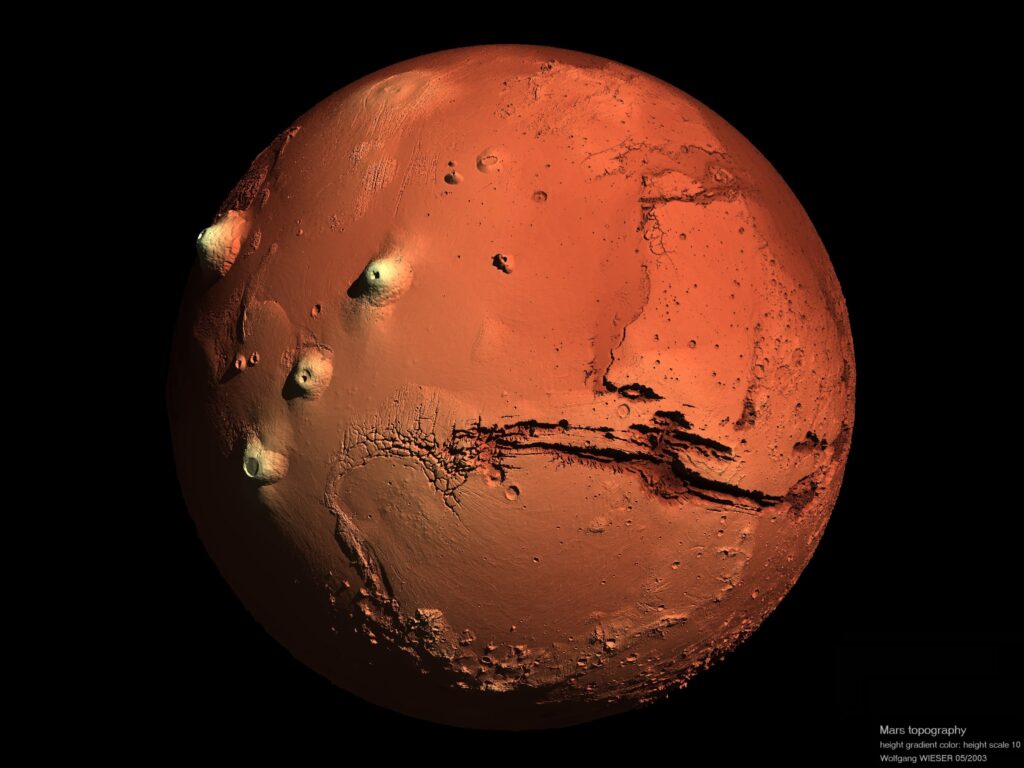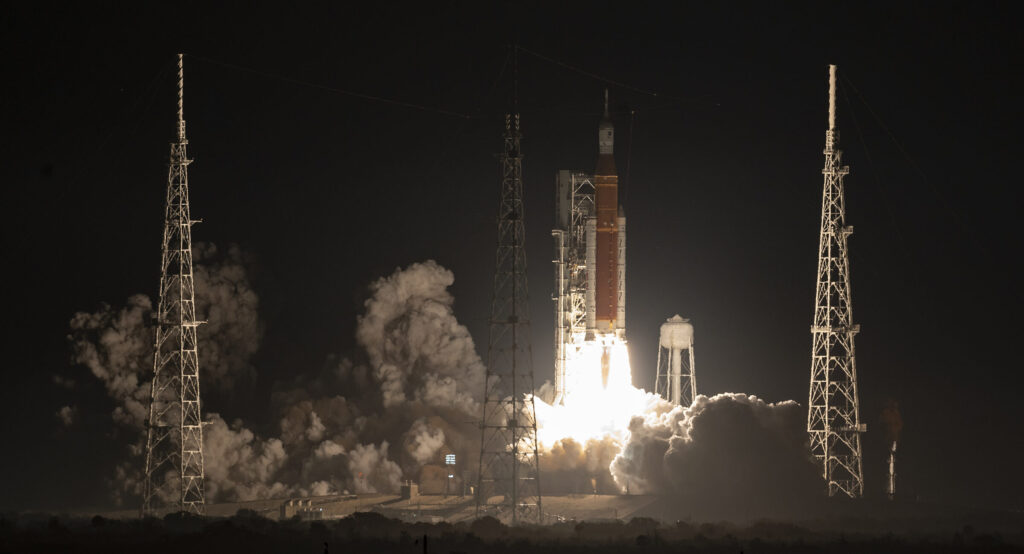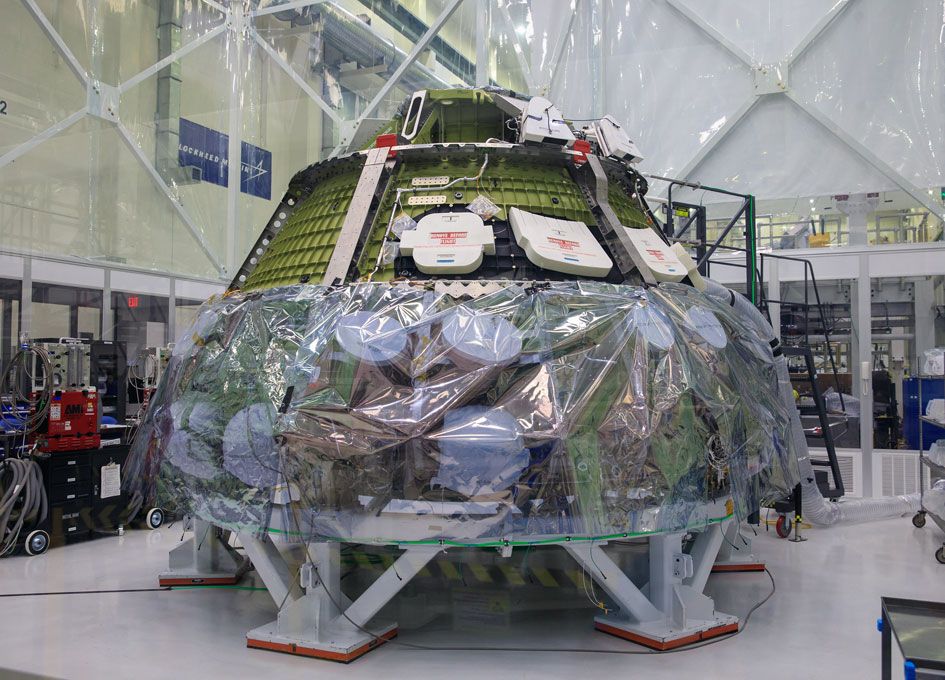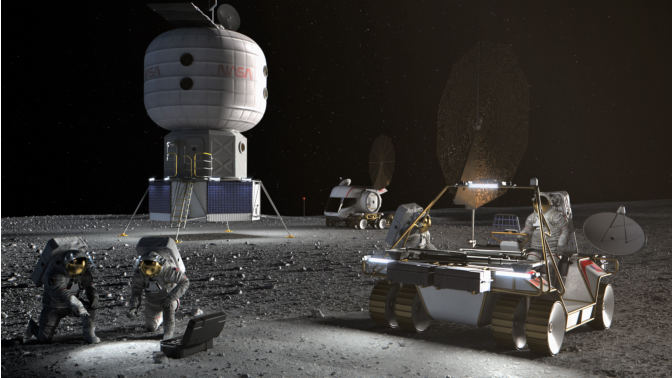
Why should humans go to Mars? First and perhaps foremost, it helps ensure our survival. Animals and plants relocate because it benefits them. They relieve competition for mates, food, and space to stretch out in. This has a downside: It can be dangerous. However, living things do dispersal because it has been not only a short-range but also a long-range strategy.
Secondly, we could discover life and/or how life started on this planet that probably once had life. Precursor life molecules have been found in rock samples from Mars. This is another long-term strategy for humans. As a side note, I believe a human should go on these journeys because first-hand observation by humans outweighs robots-we have to tell them what to look for, and humans can go outside the parameters initially laid out.
Third, we can improve the quality of life on Earth. Many technologies and inventions have emerged from the space program to make the immense challenge that led to landing on the Moon. Forty-two inventions from the Apollo program, probably more, including LEDs, integrated circuits, and LASIK. My mother, who had a hard time with pure scientific research, told us that the microwave was one of the innovations that came out of the need to develop a microwave direction finder. Handy on the surface of the Moon but very handy in my kitchen.
Fourth, we as a species are very inspired by rising to the challenges of stepping off the planet; it drives ambition, which leads to more success.
The fifth reason is to demonstrate political and economic leadership. If we don’t go, others will, which spell growth for those who succeed. It is a beacon of healthy pursuits away from those pursuits that threaten our survival.
Steps from NASA
Why do we choose Mars? Why not Venus, Saturn, or the immense Jupiter? You could even go to one of Jupiter’s moons. But Mars has a day about the same length as Earth’s. Our lives here on Earth are centered around our sleep cycle, and so much more that day length plays a part. Also, there is water in the form of ice on its surface. Can you carry and save the water a human needs to a place to colonize? The weight alone would prohibit bringing much else. Then you have to have some for the place you colonize. In addition, Mars has an atmosphere. It is composed of CO2 (95%), molecular N (2.85%), and Ar (2%). Atmospheres are suitable for protecting against meteor impacts and cosmic radiation. Eventually, it could provide something we can breathe.
NASA’s Plans
1. Build American technology to get astronauts to space. Private space flight companies are taking up this challenge. Elon Musk’s SpaceX has produced pretty spectacular results. I think one of the reasons for this is the ability to fail and try, try, again.
The companies selected for the Collaborations for Commercial Space Capabilities-2 are:
- Blue Origin, Kent, Washington
- Northrop Grumman Systems Corporation, Dulles, Virginia
- Sierra Space Corporation, Broomfield, Colorado
- Space Exploration Technologies Corporation, Hawthorne, California
- Special Aerospace Services, Boulder, Colorado
- ThinkOrbital Inc., Lafayette, Colorado
- Vast Space LLC, Long Beach, California
We’ll have some competition if we add more millionaires (or billionaires?). This can be the fastest way to get it done.
2. Build bigger spacecraft. Lockheed Martin has produced the Orion spacecraft, which is stacked onto the Space Launch System (SLS) rocket. Together, they tested the feasibility by deploying around the Moon and then splashing down in the Pacific Ocean. This mission was called Artemis 1. Artemis 2 is planned for a mission that includes a crew of four to flyby the Moon and return to Earth.

3. Build bigger rockets. The Falcon Heavy rocket can carry more payload and people, but the Space Launch System (SLS) outdid that. As far as NASA can tell, the SLS has worked well.
4. Find a way to land on Mars. Three things make it difficult: the planet’s gravity, Mars’ atmosphere, and our distance from the red planet. NASA has developed a parachute deployment and successfully tested it. So we can land, but next, we must cross the distance.
5 Long-term habitation on a space station. Astronauts have spent weeks and months at the International Space Station (ISS), but they are in low Earth orbit, and if there is trouble, Earth can come to the rescue, and there are ways to use an escape pod to help that along. On Mars, it is too far away for that kind of help. Development of the Artemis Deep Space Habitation has been laid out and is capable of housing four astronauts.
6. Avoid cosmic radiation. This is probably the most challenging problem. Much research has yielded promising results using lithium, water, and other elements. The radiation on Mars is similar to the ISS, but the trip through space radiation levels are very high.
7. Go to the Moon. This is the mission with Artemis 2 slated for September 2025.

8. Build housing on Mars. Three CHAPEA (Crew Health and Performance Exploration Analog) missions involve a four-person volunteer crew living and working inside a 1,700-square-foot, 3D-printed habitat based at NASA’s Johnson Space Center in Houston. The second of three planned is scheduled to kick off in spring 2025. I bet that will be fun.

Problems
Finding shielding for the astronauts in the flight to Mars and on the surface. To me, that is the biggest unsolvable problem.
Next would be funding. The political atmosphere changes frequently.
Conclusion
I think humans will go. There is a lot of interest around the world. There will probably be accidents, and how we handle them will tell if we are destined to colonize Mars.
©March 18, 2024 JM Strasser All rights reserved
Sources
https://www.businessinsider.com/5-undeniable-reasons-why-humans-should-go-to-mars-2015-4?op=1
https://lemelson.mit.edu/resources/carl-sontheimer
https://en.wikipedia.org/wiki/Atmosphere_of_Mars
https://www.livescience.com/56462-how-to-travel-to-mars.html
https://phys.org/news/2021-05-mars-difficult-risk-free.html
https://en.wikipedia.org/wiki/Artemis_1
https://en.wikipedia.org/wiki/Artemis_2
Pictures
http://www.triplespark.net/render/img/mars/first/mars-32-2048.jpg